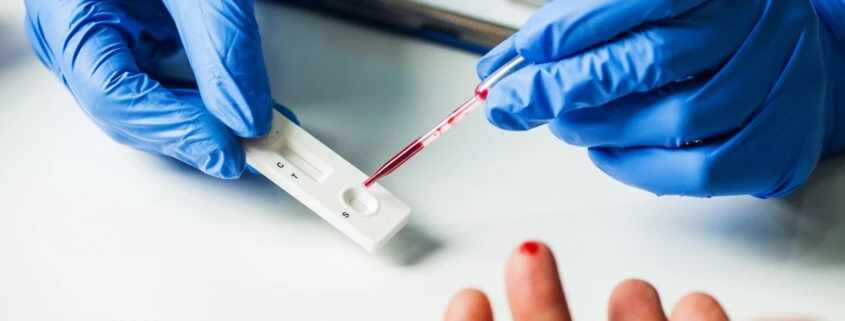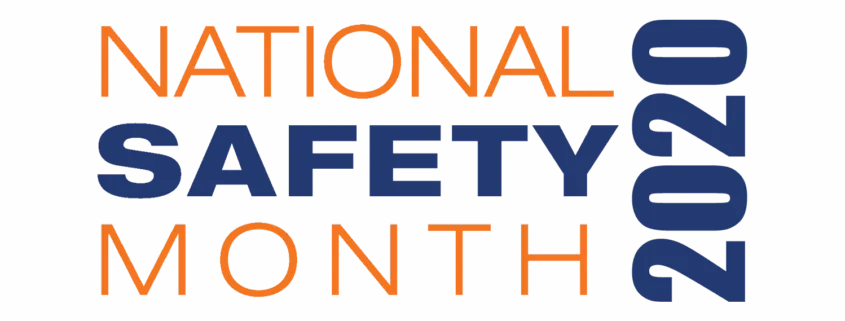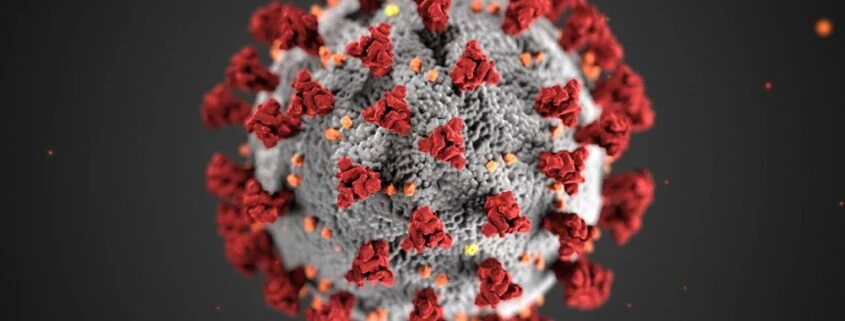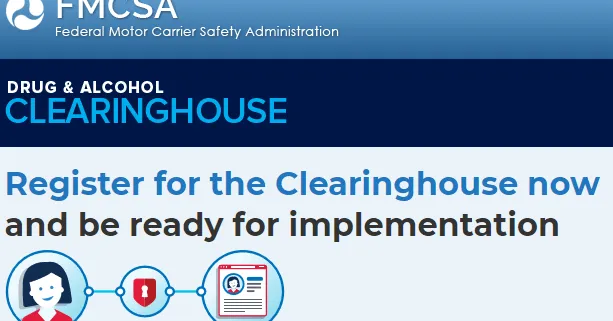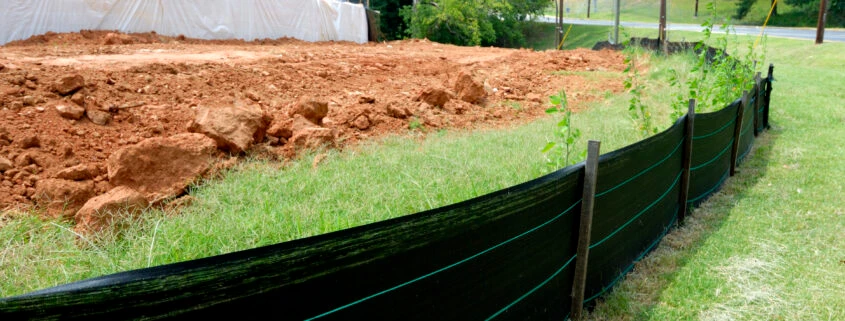COVID-19 Antibody Tests: What’s the Deal?
A big part of dealing with the COVID-19 pandemic has been testing and contact tracing: finding out who has the virus, who they may have given it to, and preventing them from spreading it. Tests have been tough to find due to short supply but we are now seeing “cheap” testing options starting to appear on the market. Some medical professionals claim that inexpensive tests are inaccurate – and maybe even dangerous because of the risk of incorrect results.
In some ways, this is true; cheap antigen tests are often only tested on samples with a high viral load. That means there’s a LOT of virus in the sample, making it easier to trigger a positive result. Or they are only tested on patients who actually have symptoms of COVID-19. That’s not a great indicator either, since they’re not testing asymptomatic people too. The FDA has giving Emergency Use Authorizations (EUAs) out all over the place to try and combat the spread of the virus, allowing less-than-accurate testing to enter the field. This creates confusion about the veracity of results and more fear among people.
So what about the Clarity COVIBLOCK Rapid Tests that HB NEXT is now selling?
COVIBLOCK Rapid Tests have been shown to be 95% accurate, virtually eliminating false results. At about $32/test kit, they’re very affordable for the average business or consumer. The tests are manufactured in Finland by American company Clarity Diagnostics. They check for both IgG and IgM COVID-19 antibodies to help determine whether or not the patient has been infected (here’s a great explanation of IgG and IgM antibodies). Remember how those other “cheap” tests have primarily been tested on samples with high viral load? We know that in real life, businesses need reliable results even when counts are low in a sample, or when a patient doesn’t have any symptoms. The COVIBLOCK can do all that – and can give you results in about 10 minutes.
HB NEXT is now selling COVIBLOCK test kits in boxes of 20 for $640 (plus shipping); that’s about $32 per test and you can order online. Your employee health nurse or another qualified medical professional should be the person administering the tests to employees. HB NEXT can help with this if you don’t have a nurse on staff by providing one for you! This is a full-service offering to help keep your business up and running as you navigate this wild ride. Combined with our Clear2 mobile app and thermal scanning kiosk, COVIBLOCK Rapid Tests can get you back to what you do best.
We’ve got your back; let us know how we can help you.

